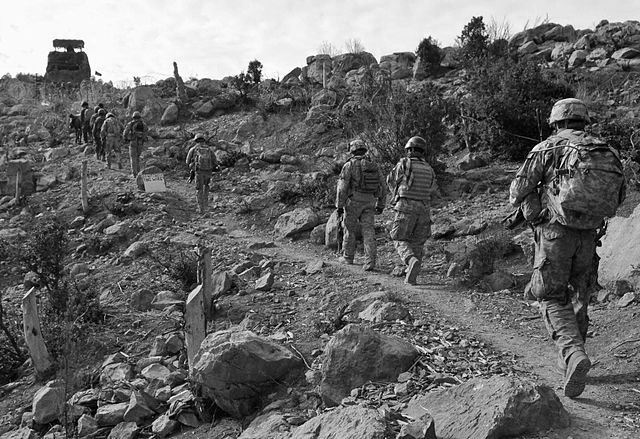I’m building a new species of monster. That means I’m making up stuff again. The squishy sort of stuff, things an autopsy, a scanning electron microscope, centrifuges, and spectrometers might be involved with if these monsters were real-world organisms.
Building a monster requires some science. It’s best done if you’ve studied a soupçon of biology, a bit of chemistry, maybe even engineering if you’re fabricating a serious danger to your protagonists — say something that can survive in the dark vacuum of space, slice your arm off and eat it, break down a door with ease, is absolutely paranoid about its own survival and looks really ugly to us wee humans.
The alien race I’m designing is called the Sigotha:
The Sigotha as adults are about six feet long, and can rear up to twice that height. They resemble a cross between a lobster and a scorpion, and actually have both an internal and external skeleton. These apex predators are armed with a retractable scimitar blade on each leg, claw-hands on the front legs, a stinger tail, and four mandibles that are capable of slicing through metal conduit. A blow from one of their legs or the tail can send a man flying down a corridor. Their limbs can be coordinated in an attack that would reduce a cow into steaks and choice cuts within moments. They have two sets of eyes on the head, one set usually retracted, and speak in a series of clicks from their claw-hands, which also have prehensile appendages for manipulating tools. There is a tympanum or drum mouth on their upper thorax which they use to mimic sounds. Hearing, vision, sense of smell all surpass humans. The Sigotha are faster on ‘foot,’ amazingly agile, and have somewhat quicker reflexes than human beings. Their exoskeletons resemble metal armor, although the carbon-silicate material is much lighter and more difficult to penetrate than any material we use as armor today.
Yet again the humans have expanded out into the galaxy and encountered another sapient apex predator. There are lots of fascinating and horrible creatures in science fiction. Some are filled out only enough for a plot line, others are built into waking nightmares.
There are many creatures out there, but this one is my own (hugs his Sigotha, which emits a sibilant series of buzzes and tries to reach his head with a rapidly-clicking lobster-like claw). We’re going to have so much fun together!



